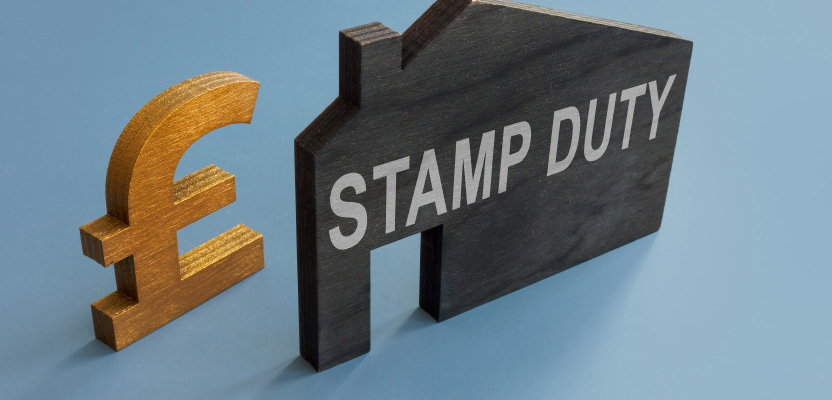Stamp Duty originated as a duty (a tax) on the exchange of documents relating to sale of property. Tax became payable when the transaction completed and the sale agreement was signed.
It has since been replaced by Stamp Duty Land Tax ('SDLT'), but the name 'stamp duty' has stuck in common usage to refer to it.
SDLT is now a charge on property transactions rather than documents. It applies on transactions of freehold properties as well as leasehold properties.
Whether or not you have to pay Stamp Duty Land Tax, and if so, how much is an important consideration when deciding your budget for buying a property. It can be a significant additional cost in addition to the purchase price.
The amount at which tax becomes payable
SDLT is not payable on property transactions of less than £125,000.
Above this minimum threshold, the rate of duty payable depends on the transaction value. Different rates are applicable over different thresholds.
You must ensure that you calculate the stamp duty correctly. You can find these rates on the Gov.UK website.
First time buyer exemptions and reductions
If you are a first-time buyer, then you are exempt from paying Stamp Duty if your property costs less than £300,000.
If the property costs less than £500,000 then you pay SDLT at a tapered rate of 5% of the difference between the price and £300,000.
For transaction values over £500,000, higher standard rates of duty apply.
To avail an exemption or a reduction, you need to declare to HMRC that you have never owned a property in the UK or overseas. This is what qualifies you as a “first-time buyer”.
A few examples of what does not make you a first-time buyer are:
- if you were given the property as a gift or inherited it rather than bought it
- if you own a share in another property
- if you are buying the property with someone else who is not a first-time buyer (such as your parents)
- if you are buying property for the first time, but intend to rent it rather than live in it yourself (i.e. it is an investment property)
Who pays Stamp Duty?
It is the buyer, not the seller, who is liable to pay the tax.
If you use a solicitor or a conveyancer then he or she may agree to pay it on your behalf as part of the conveyancing service and add it to your fees.
But ultimately, it is the buyer who is responsible for submitting the certificate of value (which notifies HMRC of the transaction) and paying the tax.
When does Stamp Duty have to be paid by?
You have a deadline of 14 days in which to pay SDLT from the date the transaction is substantially completed.
Gaining possession of the property is considered substantial completion, even if the title deeds have not been exchanged for payment, so be aware that if the buyer is allowed access (even to redecorate), SDLT may become payable.
If you don’t pay within 14 days, you may be fined.
Should I file a Stamp Duty Land Tax Return?
Even if duty is not payable, you may still need to file a return. However, if one of the following situations occurs then you need not:
- if you buy a freehold property below the value of £40,000
- if the property was transferred to you because of divorce or dissolution of civil partnership
- you inherited the property
- if you received the property as a gift

